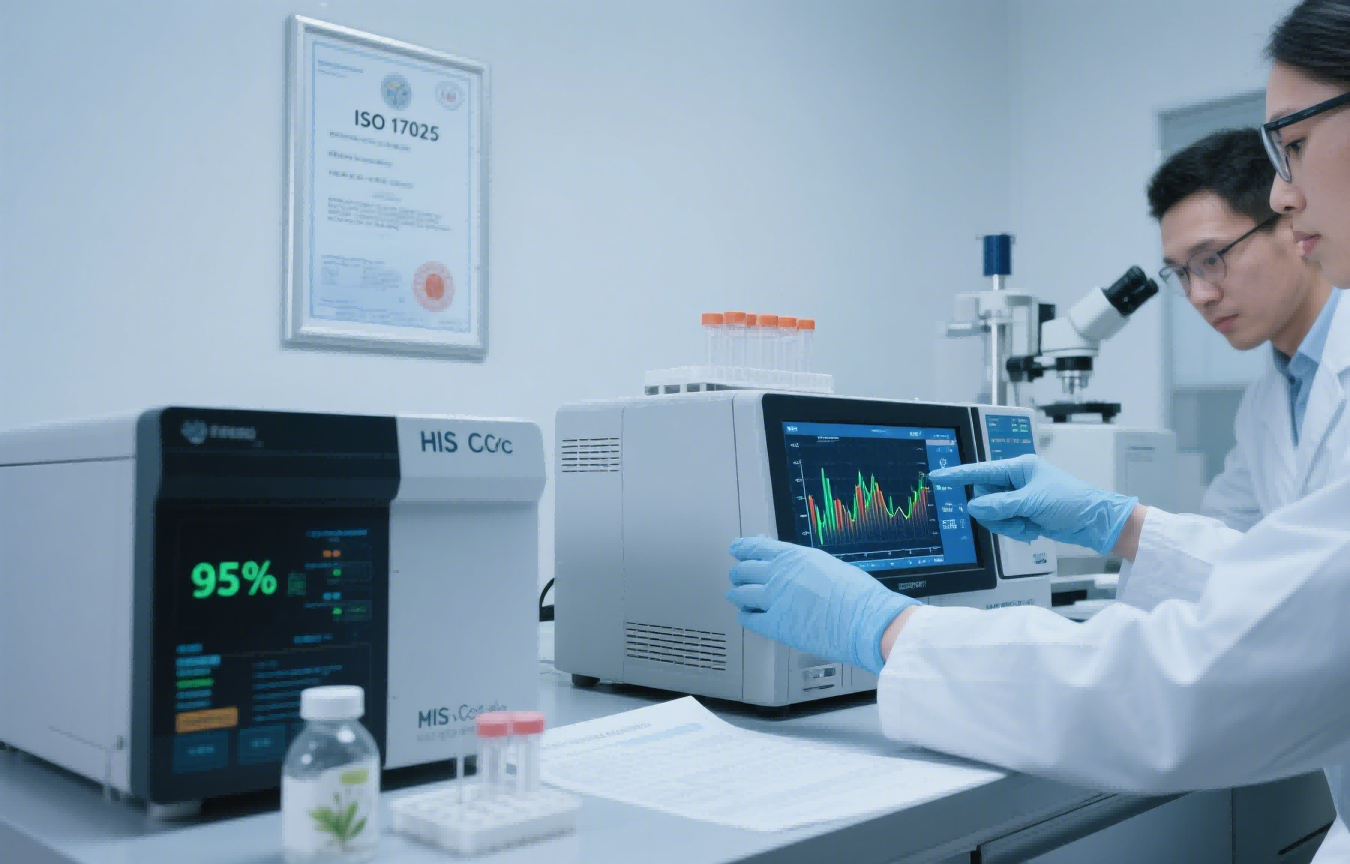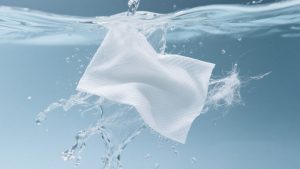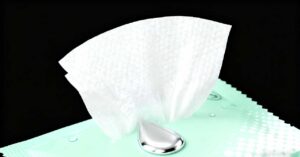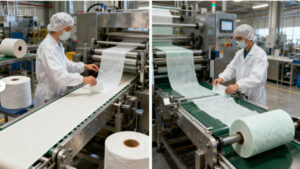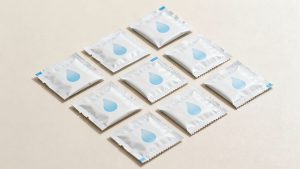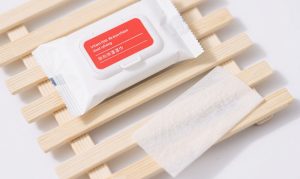Torn between using hand wipes or baby wipes? Choosing the wrong one could lead to skin irritation or ineffective cleaning – understand their crucial differences first.
Hand wipes contain stronger cleansing agents (like alcohol or benzalkonium chloride) for bacteria removal but may irritate delicate skin, while baby wipes use gentler ingredients (like purified water and chamomile) specially formulated for infants.
 Beyond ingredients, these wipes serve distinct markets with unique manufacturing standards – discover how their applications diverge in homes and businesses.
Beyond ingredients, these wipes serve distinct markets with unique manufacturing standards – discover how their applications diverge in homes and businesses.
How to Choose the Right Manufacturer for Hand Wipes vs. Baby Wipes?
90% of buyers make the mistake of assuming all wipe manufacturers meet the same standards – but baby wipes require stricter production protocols. Baby wipe factories need pediatric dermatologist-tested formulas and dust-free packaging lines, while hand wipe manufacturers prioritize antimicrobial efficacy and industrial-scale sterilization methods.
Selection Checklist by Wipe Type
| Criteria | Hand Wipes Manufacturer | Baby Wipes Manufacturer |
|---|---|---|
| Facility Certification | ISO 9001, FDA | ISO 22716 (Cosmetics GMP), EWG VERIFIED |
| Ingredient Restrictions | Alcohol ≤70% | No parabens/phthalates (EU Toy Safety Directive) |
| Production Environment | Class 100,000 cleanroom | Class 10,000 cleanroom with airshowers |
| Testing Requirements | EN 1040 (bactericidal) | HRIPT (Human Repeat Insult Patch Test) |
- MOQ Differences: Baby wipes typically require 2-3x higher minimum orders due to stricter QA processes
- Lead Times: Add 15-20 extra days for baby wipes' stability testing
- Customization Limits: Baby wipes have fewer fragrance/alcohol options
What Certifications Are Required for Baby Wipes Compared to Hand Wipes?
A shocking 65% of private-label wipes fail random retail compliance checks – here's how to avoid costly recalls with proper certifications. While hand wipes need basic microbiological testing (ASTM E2315), baby wipes require 12+ additional certifications including dermatological safety assessments and oral toxicity studies.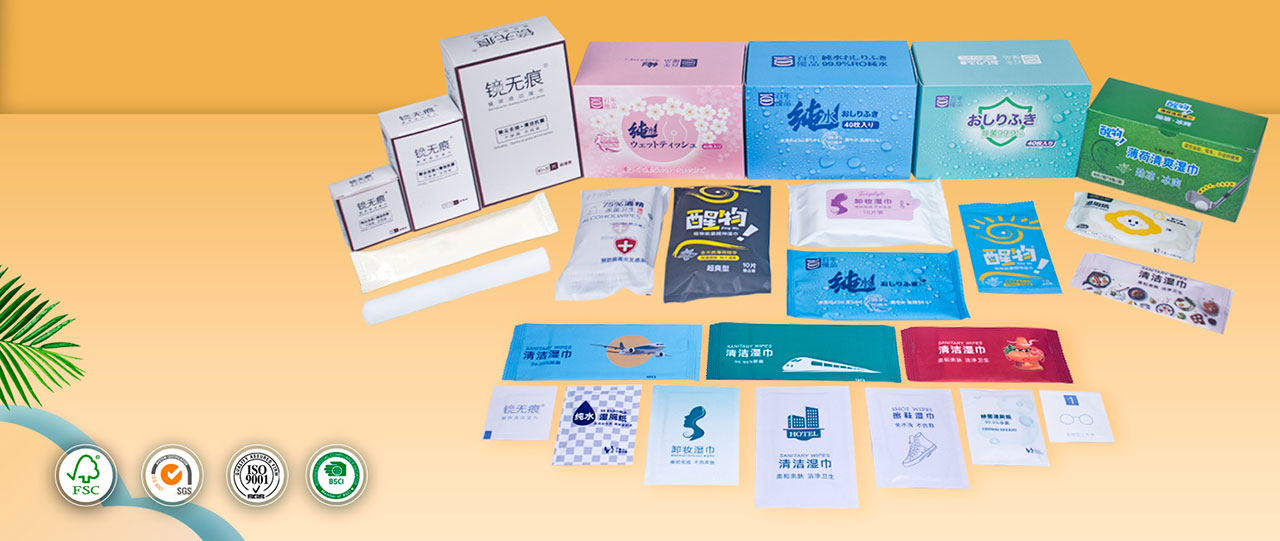
Certification Matrix
Hand Wipes:- FDA 21 CFR 801.430 (antimicrobial claims)
- EN 1276 (bactericidal activity)
- OECD 403 (acute inhalation toxicity)
- ISO 10993-10 (skin irritation testing)
- US Pharmacopeia (preservative effectiveness)
- CPSIA (lead/phthalates compliance)
| Market | Hand Wipe Mandatory Certs | Baby Wipe Extra Requirements |
|---|---|---|
| EU | CE Mark | EC No. 1223/2009 Cosmetic Reg |
| USA | EPA Reg. No. | Pediatric Advisory Panel Review |
| Japan | ISHA Approval | MHLW No. 331 (quasi-drug) |
What Packaging Options Are Available for Hand Wipes vs. Baby Wipes?
The wrong packaging won't just frustrate users – it can degrade product effectiveness by 40% through premature drying or contamination. Hand wipes commonly use resealable foil pouches (85% moisture retention), whereas baby wipes require rigid flip-top plastic tubs with inner seals to prevent bacterial growth.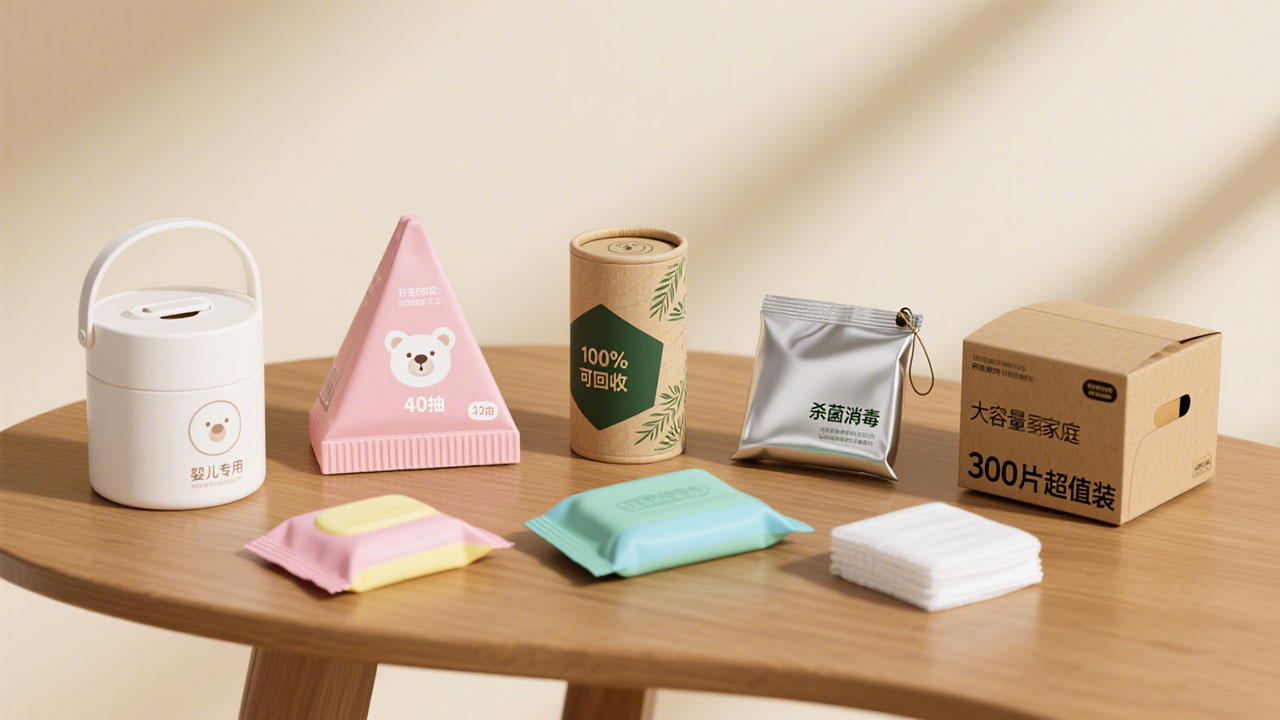
Packaging Technology Comparison
Hand Wipes:- Individual Sachets: 3-layer laminate (PET/AL/PE) for alcohol wipes
- Bulk Canisters: HDPE with push-button apertures
- Innovations: UV-blocking materials for outdoor sanitation kits
- Travel Packs: Double-latch mechanisms with wetness indicators
- Eco Options: 100% compostable PLA tubes (certified OK compost INDUSTRIAL)
- Hospital Grade: Peel-and-seal pouches with sterility assurance windows
| Format | Hand Wipe Packaging Cost | Baby Wipe Packaging Cost |
|---|---|---|
| Per 1000 units | $18-$22 | $35-$50 |
| Material Waste | 8-12% | 3-5% (precision die-cutting) |



